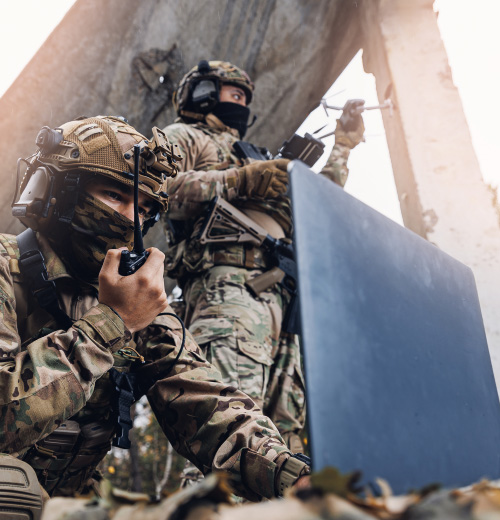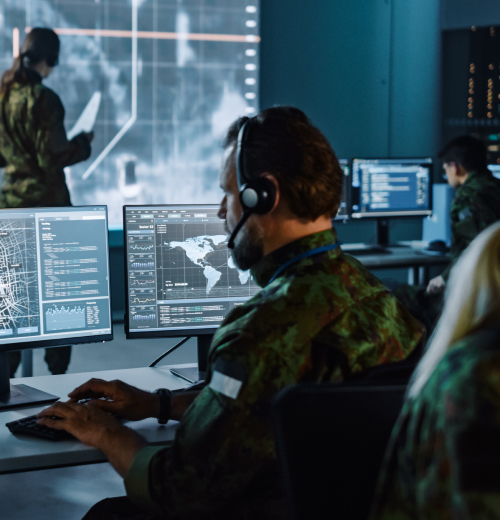Find the signal in the noise of today's data-driven society
Accelerate operational needs by transforming the world’s data into actionable and predictive insights that impact national security, defense, disaster recovery and humanitarian assistance, and safeguard global infrastructure and resources at the speed of relevance.








